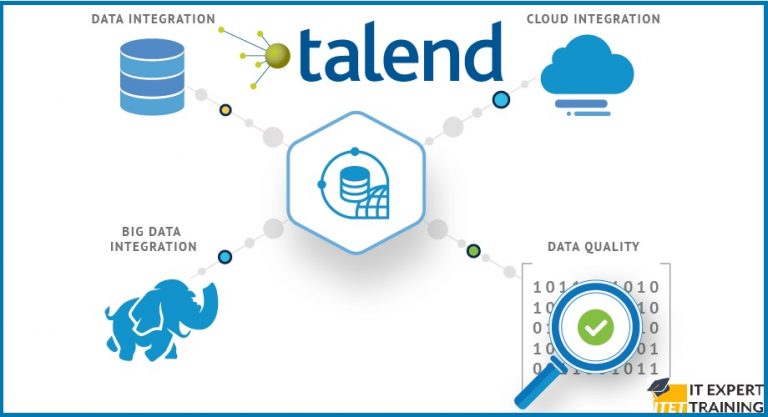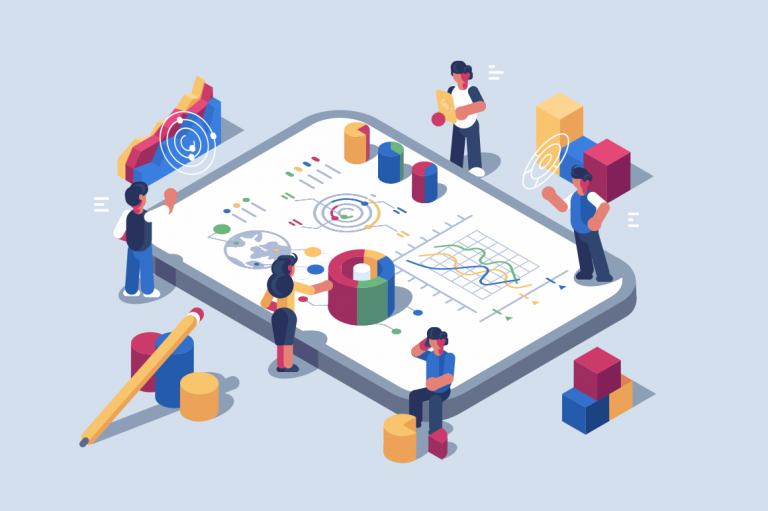Definition
Descriptive Analytics is the field of statistics that focus mainly on gathering
and summarizing raw data that is easily interpretable by humans. They are the analytics that describe the past. They are very useful because it allows us to learn from past behaviors and understand how they might influence future outcomes.Analytics, which use data aggregation and data mining to provide insight into the past and answer: “What has happened?”
What performs descriptive analytics?
Data aggregation and Data mining are the two approaches which are used to discover historical data. Data is first obtained and processed by data aggregation to help analysts handle the datasets more effectively. The next step of analysis is described by data mining which involves the search of data to identify patterns and establish relationships to solve problems. Data mining tools allow enterprises to predict future trends.
Functions
- State business metrics
Determine which metrics are important for the measurement of results
against business objectives.
- Identify data required
It is used to identify the business data located in different sources within the enterprise, including systems of record, databases and desktops.
- Extract and prepare data
For analysis, data must be prepared. Transformation, Duplication and
cleansing are the some of the examples of data preparation that takes place
prior to analysis.
- Analyze data
Data analyst can run analyses such as summary statistics and regression
analysis on the data to identify patterns and measure performance.
- Present data
The analytics results are usually presented to stakeholders in the form of
charts or graphs, where the data visualization mentioned earlier comes into
play.
Uses of descriptive analytics
- To review past events, such as regional sales, consumer retention, or marketing campaign success.
- Tabulation of social metrics such as Facebook likes, Tweets, or followers.
- Comparing pre-test and post-test assessments.
- General trends such as hot travel destinations or news patterns are identified.
Key Points
- Descriptive analytics is the process of analyzing historical data to better understand the changes that have taken place in an organization.
- Using a variety of historical data and bench marking, decision-makers get a holistic view of results and patterns to focus their business strategy on.
- Descriptive analytics can help identify a organization’s areas of strength and weakness.
Pros
- Identify gaps and performance issues early-before they develop into problems.
- Analyze the value and impact of the resources on course design and learning.
- Quickly and easily report on the Return on Investment (ROI) by showing how performance achieved business or target goals.
“Use Descriptive Analytics when you need to understand at an aggregate level
what is going on in your company, and when you want to summarize and
describe different aspects of your business…”



